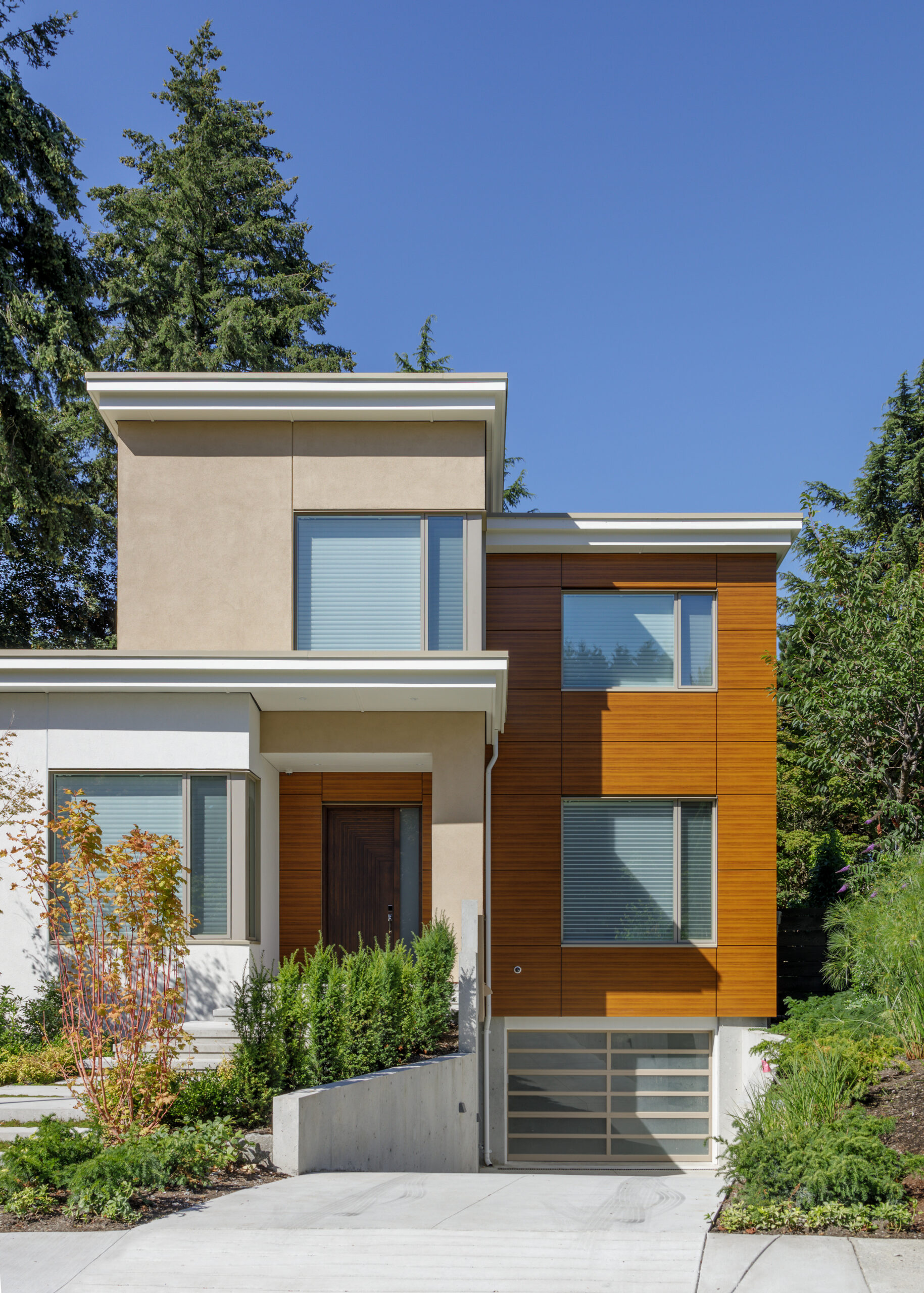Are you tired of staring at the same old dull and worn-out exterior walls? Do you dream of giving your home a fresh and modern look that will make it the envy of the neighborhood? Look no further! In this ultimate guide, we will show you how to transform your exteriors with cladding panel systems.
These innovative and versatile solutions not only enhance the beauty of your cladding for outside walls but also provide long-lasting durability. Whether you want to revamp your home’s façade, protect it from the elements, or simply add a touch of elegance, cladding panel systems are the answer. We will delve into the various types of cladding materials available, their benefits, and the installation process.
Different types of cladding materials
When it comes to cladding panel systems, there is a wide range of materials to choose from. Each material offers its own unique set of benefits and aesthetic appeal. Let’s explore some of the most popular options:
1. Vinyl Cladding
Vinyl cladding is a cost-effective and low-maintenance option that has gained popularity in recent years. It is available in a variety of colors and textures, allowing you to achieve the desired look for your home.
Vinyl cladding is resistant to fading, cracking, and warping, making it a durable choice. It is also easy to clean and does not require painting, saving you time and money on maintenance.
2. Wood Cladding
For a natural and timeless look, wood cladding is an excellent choice. It adds warmth and character to your home’s exterior, creating a welcoming and rustic aesthetic. Wood cladding can be made from various types of timber, including cedar, pine, and oak.
It can be left untreated to weather naturally or treated with stains or paints to preserve its appearance. However, wood cladding requires regular maintenance to prevent rot, insect infestation, and warping.
3. Fiber Cement Cladding
Fiber cement cladding is a durable and versatile option that offers the appearance of natural materials like wood or stone. It is composed of a mixture of cement, sand, and cellulose fibers, resulting in a strong and weather-resistant material.
Fiber cement cladding is resistant to fire, moisture, and pests, making it a popular choice for both residential and commercial buildings.
The installation process of cladding panel systems
Now that you have a better understanding of the different types of cladding materials available, let’s take a closer look at the installation process for cladding panel systems.
While the specific steps may vary depending on the material and design you choose, the overall process can be broken down into several key stages:
1. Planning and Preparation
This involves measuring the walls, determining the quantity of cladding panels needed, and ensuring the surface is clean and free from any debris or loose paint. If necessary, repairs should be made to the underlying structure to ensure a solid and even base for the cladding.
2. Waterproofing and Insulation
To protect your home from moisture and enhance energy efficiency, it is crucial to install a waterproofing membrane and insulation layer before attaching the cladding panels.
The waterproofing membrane acts as a barrier, preventing water infiltration and potential damage to the underlying structure. Insulation helps to regulate temperature and reduce energy consumption by preventing heat transfer.
3. Installation of Cladding Panels
Once the preparation and waterproofing steps are complete, it is time to install the cladding panels. This typically involves attaching the panels to the walls using screws, nails, or adhesive, depending on the specific material and design. Care should be taken to follow the manufacturer’s instructions and ensure proper alignment and spacing between panels.
4. Finishing Touches
After the cladding on exterior walls is securely installed, it is important to pay attention to the finishing touches.
This includes sealing the edges, corners, and joints to provide a seamless and weather-resistant finish.
Maintenance and care for cladding panel systems
To ensure the longevity and appearance of your cladding panel system, regular maintenance and care are essential. Here are some tips to help you keep your exterior walls looking their best:
1. Cleaning
Regularly clean your cladding panels to remove dirt, dust, and grime. Depending on the material, this can be done with a soft brush, mild detergent, and water. Avoid using abrasive cleaners or harsh chemicals that may damage the surface.
2. Inspection
Periodically inspect your cladding panels for any signs of damage, such as cracks, chips, or loose panels. Address any issues promptly to prevent further damage and maintain the integrity of the system.
3. Repairs
If you notice any damage or deterioration, it is important to make repairs as soon as possible. Consult with a professional if necessary to ensure proper repairs are made and to avoid compromising the performance of the cladding panel system.
4. Maintenance Schedule
Create a maintenance schedule to keep track of routine tasks, such as cleaning and inspections. This will help you stay organized and ensure that your cladding panels receive the necessary care to prolong their lifespan.
Conclusion
Cladding panel systems offer a multitude of benefits when it comes to enhancing the beauty and durability of your outside walls. Whether you choose vinyl, wood, fiber cement, or another material, cladding can transform the appearance of your home and protect it from the elements.
By following the proper installation process and implementing a regular maintenance routine, you can enjoy the long-lasting benefits of cladding panel systems.

